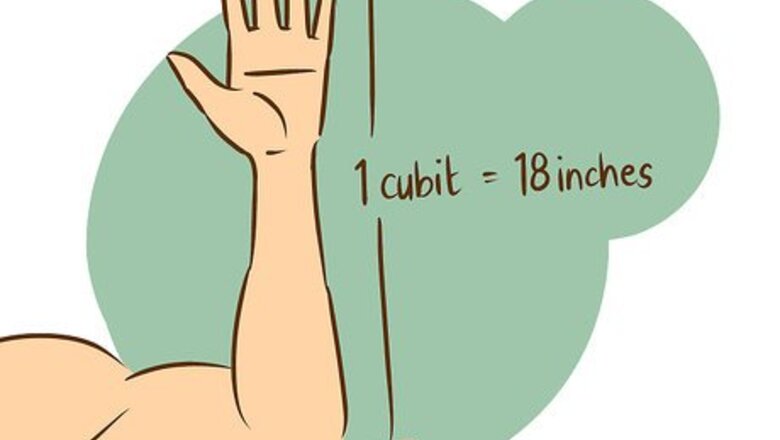
views
X
Research source
6 Genesis 19
See Step 1 below to get started building an Ark according to the specifications in the Bible!
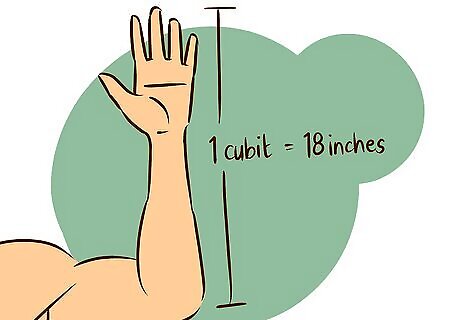
Pick a consistent conversion factor for converting cubits to modern measurements. The Bible tells us that God commanded Noah to build the original Ark to certain exact specifications. Said God to Noah, "This is how you are to build it: The ark is to be three hundred cubits long, fifty cubits wide and thirty cubits high". Today, these measurements are somewhat problematic because we don't know exactly how long a cubit is. Cubits are an ancient unit of measurement based on the distance from the elbow to the tips of the fingers, so different cultures had different values for the length of one cubit. Generally speaking, most ancient cultures had cubits that were between 17.5 and 20.6 inches (44.5 - 52.3 cm) long. The most important thing is to be consistent - pick one cubit length and stick to it to ensure the proportions of your ark are correct. For convenience's sake, this guide will assume we're working with a type of cubit called "common cubits", so our conversion factor will be 1 cubit = 18 inches (45.7 cm).
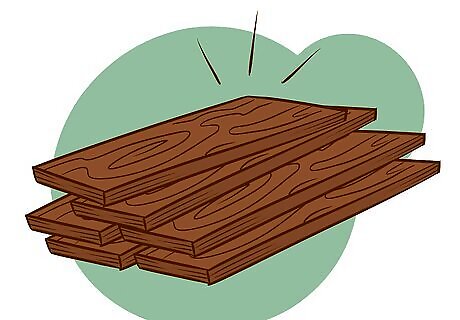
Buy or cut lots of cypress wood. The Bible tells us that the original Ark was made exclusively from cypress wood. Today, "cypress" refers to a number of coniferous trees and shrubs in the family family Cupressaceae. Noah may have used Mediterranean cypress (Cupressus sempervirens), a variety of cypress tree native to the Mediterranean and Levant. Whichever type of cypress you use, you'll need enough to build the hull of a ship three hundred cubits long, fifty cubits wide and thirty cubits high in addition to the deck, roof, and flooring below deck. If, for convenience, we assume a box-shaped Ark and 18-inch (45.7 cm) cubits, our 300 × 50 × 30 cubit Ark will require at least 114,750 square feet of cypress wood. The actual amount will likely be more than this, as you'll need to build a hull that's more than one layer thick, as well as a roof and flooring inside the Ark.
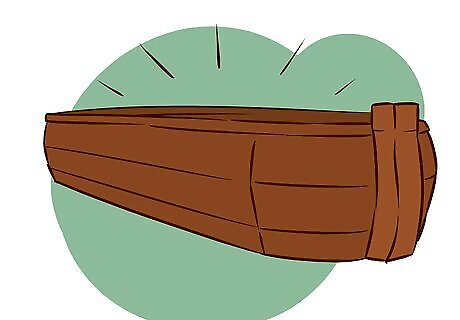
Build a curved wooden hull to fit the dimensions of the bible. For your ark to be able to float in the tumultuous waters of a world-destroying flood, it will need to be of very sturdy construction. You'll want to build a thick hull with a wide, gently curving cross section that tapers at either end. Add a keel (a vertical "fin" running the length of the bottom of the hull) for added stability. After you've built the main hull, add horizontal and diagonal cross-beams stretching across the inside of the hull to increase the strength of the ark's walls. The ark is truly a massive undertaking. Assuming 18-inch (45.7 cm) cubits, the hull of your ark should be 450 feet (137.2 m) long, 75 feet (22.9 m) wide, and 45 feet (13.7 m) high. The process of building the hull can be sped up greatly with modern tools and construction methods, but if you're using only ancient tools, it may take months or years!
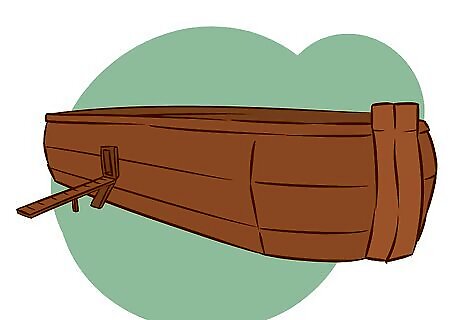
Add flooring inside the ark and a door on the side. The Bible tells us that God commanded Noah, "Put a door in the side of the ark and make lower, middle and upper decks". Adding multiple decks will allow you to make the most of the vertical space within the ark, storing as many animals as possible, while adding a door to the side of the ark makes it possible for land animals to easily board the ark. The Bible doesn't specify dimensions for the different decks within the ark, so use your best judgement. You may, for instance, want the bottom deck to be taller than the others to accommodate the biggest animals, like elephants and giraffes.
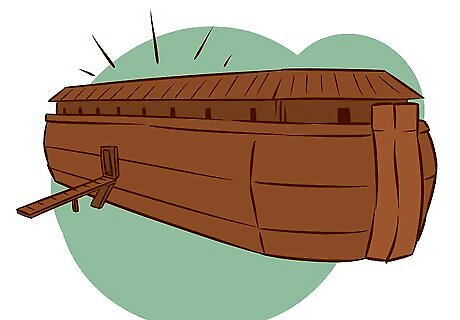
Add a roof. A firm, sturdy roof is an important part of your ark. The original world-destroying flood was caused by forty days and forty nights of rain - in the event of a similar situation, it's important to have some way to keep the rain from gathering below deck and sinking your ark! The Bible tells us that God commanded Noah to "Make a roof for [the ark], leaving below the roof an opening one cubit high all around". Be sure to build your roof so that the edges of the roof reach over the edges of the upper deck. You want any rainwater to drain away from the upper deck and into the waters of the flood.

Coat the wood of the hull with pitch. It's (obviously) extremely important for your ark to be as waterproof as possible. God knew this and commanded Noah to "coat [the ark] with pitch inside and out". Pitch is a thick, viscous, resin not unlike tar that, in ancient times, was used to waterproof boats. Pitch can be made from natural plants (especially pine trees) or from petroleum - naturally, Noah probably used the former.
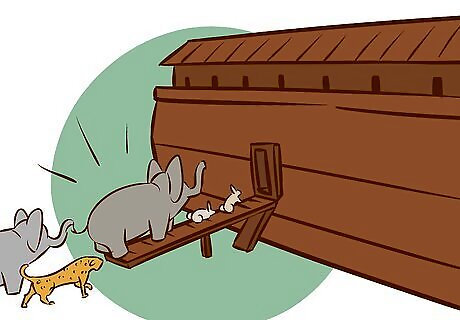
Fill your ark with animals. Congratulations, you've built a modern-day ark based on the original specifications given to Noah by God! Now, all you need to do is find male-female pairs of every major species of bird and land animal to repopulate the Earth after the apocalyptic flood. However, according to the Bible, some animals are more important than others. Consider God's original advice to Noah when gathering animals: "Take with you seven pairs of every kind of clean animal, a male and its mate, and one pair of every kind of unclean animal, a male and its mate, and also seven pairs of every kind of bird, male and female, to keep their various kinds alive throughout the earth". "Clean" and "unclean" refer to ancient Jewish customs governing the suitability of certain types of animals for eating and sacrifice. The distinction between which animals are "clean" and which are "unclean is somewhat complex, but, in general, "clean" animals are: Quadrupeds that chew cud and possess a cloven hoof. Fish. Most birds, excluding birds of prey and most waterfowl. A few select types of vermin and insects.

















Comments
0 comment